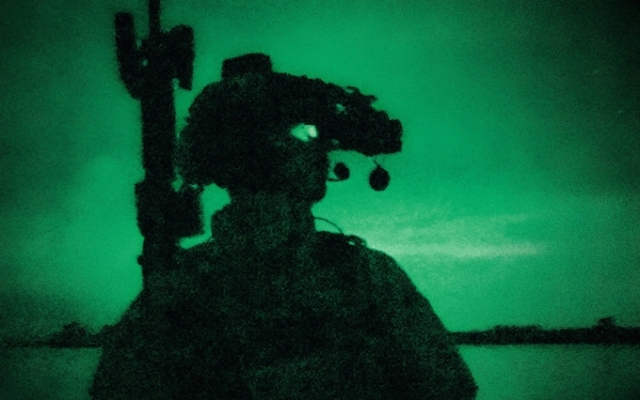 Since the start of the counter-offensive in the Zaporozhye region a week ago, Kiev has repeatedly launched night assaults
Since the start of the counter-offensive in the Zaporozhye region a week ago, Kiev has repeatedly launched night assaults
Ukrainian forces are taking advantage of Western night vision devices to attack under cover of darkness, seizing villages and territory.
Kiev has launched repeated nighttime assaults since its counter-offensive in Zaporizhzhya Oblast began a week ago, alarming Russian war correspondents reporting casualties.
On Monday morning, Ukraine said it had captured Storozhiv, a village near Velyka Novoselka. This happened the day after they claimed to have liberated the villages of Neskuchny, Blagodatnoye and Makarovka in the same area.
Later on Monday, Ukraine said it had recaptured a total of seven villages from Russian troops.
p>
Meanwhile, a Russian train carrying fuel to the front lines was apparently blown up by a possible attack by partisans operating behind enemy lines.
The Ukrainian military declined to discuss assault tactics, but the timing of attacks on villages suggests they have a tactical advantage after dark.
Night vision Ukraine leads
“Why is the war being waged at night? It's clear as daylight! Russian military correspondent Vladimir Sladkov wrote on Telegram on Saturday.
“Imported equipment has amazing night optics. He can move, observe and aim, as well as adjust his shooting accuracy. That is why the enemy chooses the night.”
Volodymyr Rogov, Russia's spokesman in the Zaporozhye region, suggested that Ukrainian offensives began after dark to interfere with Russian aircraft and drones and «to make the most of Western equipment and tools.»
Night vision technology is changing. flow of battle
Leopard 2 tanks and Bradley fighting vehicles, which have so far played a prominent role in the offensive, are known to be equipped with advanced night sights.
Most Russian and Ukrainian tanks and armored vehicles also have night vision goggles. However, some old Soviet-style systems used by both sides, such as the unmodernized BMP infantry fighting vehicles and Strela-10 air defense systems, often lack night vision capability at all.
The United States has begun supplying Ukraine with special forces with night vision goggles. vision (NVG), including $40,000 worth of GPNVG glasses, back in 2018.
NATO countries, including the US and Norway, have included night vision goggles in military aid packages since the full-scale invasion began last year, but the number or specific models on display have not yet been specified.
But they are still relatively few on the battlefield, and the available ones are concentrated in a few select units in both the Russian and Ukrainian armies.
Ukraine's apparent preference for night fighting in the Zaporozhye region may reflect a broader movement towards NATO equipment and tactics.
As a result, the military alliance's exercises are intended to reflect the fact that most combat missions are carried out under the cover of darkness.Night Vision of Ukraine
The exercises were broadcast to Ukrainian troops as part of various training programs, such as the British Operation Interflex.
Hamish de Bretton-Gordon, former commander of the 1st Royal Tank Regiment, said: “From an attacker's point of view, you have a huge advantage in being able to move stealthily. From a defender's point of view, you're afraid to hear tanks moving in the dark and you just can't see them.”
The cover of darkness also weakens one of Russia's most powerful defensive weapons—its superior artillery and long-range fire capabilities.
While Moscow has a range of military drones, its forces have mostly relied on commercial drones. drones such as China-made DJI Mavric for reconnaissance.
Such drones are not equipped with night vision features, making them useless at night.
“This gives more opportunity for surprise: the vehicles then retreat and land on the ground during daylight hours to avoid an artillery response,” said Justin Crump of Sibylline, an intelligence and geopolitical risk firm.
However, according to According to some Ukrainian military, the equipment is still a rarity on both sides.
“One group we worked with had a thermal imager, that’s all,” said a Spetsnaz soldier who was on patrol behind Russian lines.
Some volunteers tried to fill the gap with crowdfunding. Ukrainian charity Come Back Alive says it has provided the military with 9,000 thermal cameras and night vision optics since 2014.
ATN, a Florida-based company that supplies night sights to hunters and law enforcement. , said last year that it received permission to send 9,000 pieces of optics to Ukraine, including binoculars and goggles.
Some volunteers even purchased expensive thermal imaging drones, which are commonly used by firefighters to detect people in burning buildings.
Ukraine Thermal Vision
However, commercial equipment comes with its own dangers.
While modern military Night vision devices use expensive «electronic image intensifiers» to make the most of ambient light, the most affordable commercial products use an infrared LED to illuminate the target.
This same technology is at the heart of the very first night vision systems used on some tanks during World War II.
They also proved to be «highly visible to enemy night vision users» and «incredibly dangerous», according to Night Fox, a British based manufacturer who warned customers not to buy his products for the war.
And while Ukraine may have a slight advantage in night combat, it certainly cannot claim absolute superiority.
The Russian armed forces also have night vision devices for vehicles, reconnaissance drones and special forces, including optician Ekaterina FC. manufactured by the French company Thales. The T80BV tank, in particular, has competitive night vision.
Reports of the tactics of the Wagner mercenary group during the Battle of Bakhmut emphasize that groups of experienced mercenaries equipped with night vision devices followed the less equipped assault units.
Last month, NGO Veche, a cultural heritage organization now raising funds for the war, thanked supporters for their help in acquiring thermal imagers for various Russian units. He posted a video of night attacks on Ukrainian positions he said were made possible by donations and called for more.
Meanwhile, French President Emmanuel Macron said he expected the offensive to last «weeks or even months».










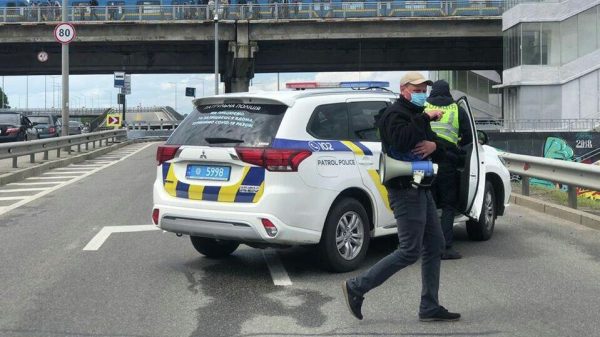









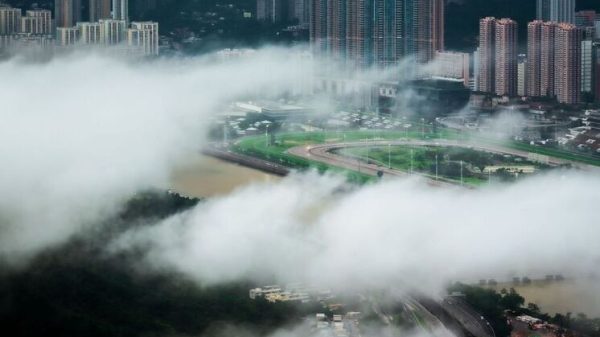
















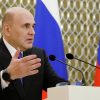
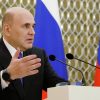
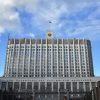
















Свежие комментарии